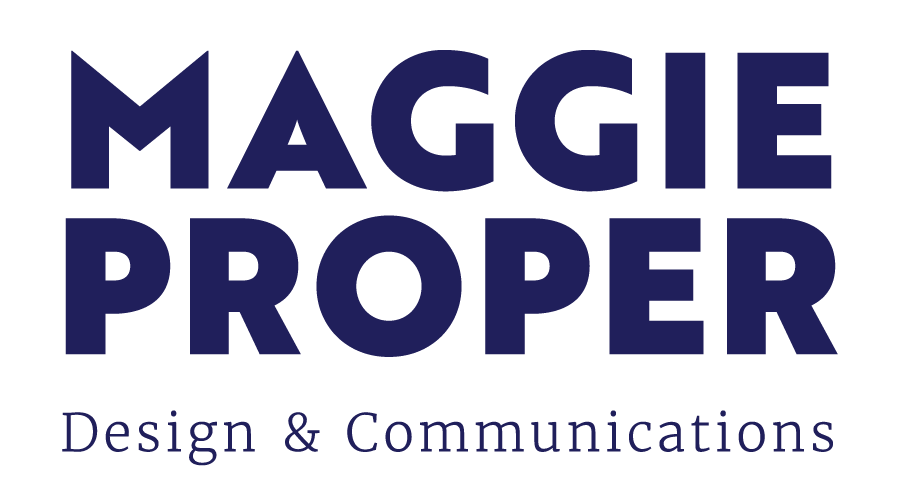Designing for Decisions
When you really think about it, design isn’t just about what looks good, it’s about how people think. Every color choice, layout, and micro-interaction on a screen plays into the messy, fascinating ways our brains make decisions. Behavioral economics gives us the language and science behind those gut reactions; why we’re drawn to one button over another, why we trust one site more than the next, or why that “only two left in stock” message always seems to work on us (I write as I have multiple items in my cart). Designers who understand these behaviors can create experiences that feel intuitive, not manipulative, but human.
Design Meets Human Nature
At its core, behavioral economics looks at how people actually make decisions. Not in a perfectly rational way, but with shortcuts, emotions, and biases leading the charge. As Bridgeable points out, people rely on heuristics—mental rules of thumb—to simplify choices. Designers who recognize this can guide users gently, shaping their experiences in ways that feel natural.
Take the “default effect,” for example. When a setting or option is already selected for us, we tend to go with it. Apple uses this brilliantly. Think of how the default iCloud backup option nudges users toward keeping their data in Apple’s ecosystem. It’s not forced; it’s just expected. This principle reminds us that design subtly pushes people toward certain behaviors, for better or worse.
Perception, Illusion, and the Design Mind Game
Behavioral economics overlaps heavily with how we perceive visual information. Our brains are constantly looking for patterns and shortcuts, which is where Gestalt theory comes in. Laura Busche’s article on Gestalt Theory explains that our minds naturally group elements together, seeing unity even when parts are separate. Designers use this to build balance and hierarchy in layouts.
Consider a homepage with several grouped icons or evenly spaced cards, it feels clean and easy to navigate because our brains perceive those elements as part of a whole. This is the principle of proximity at work. But it’s not just about neatness; it’s about trust. A well-structured layout gives users a sense of control, reducing cognitive load and encouraging them to explore more deeply.
Even visual illusions, as discussed in his TED Talk, Al Seckel highlights just how unreliable our perception can be. We think we’re seeing reality, but our brains are constantly filling in gaps. In UX design, this can translate into clever depth cues and motion effects that mimic real-world physics, tapping into our sense of familiarity to make the digital feel tangible.
Designing for the Senses and the Subconscious
The readings on multi-sensory design from Astriata dive into how involving multiple senses deepens user engagement. While digital design is mostly visual, subtle touches like animations, sound cues, or haptic feedback can trigger emotional responses. Behavioral economics ties right into this: the more sensory connections we have to an experience, the more memorable it becomes.
Think about the satisfying “click” sound when you add something to your online cart, or the warm color gradient behind a “success” message. These aren’t random, they’re designed reinforcements that encourage certain actions. The more we reward users (visually or otherwise), the more we reinforce the behavior we want them to repeat.
Ethics, Empathy, and Influence
With great design power comes… the temptation to overuse it. The same principles that make design persuasive can easily cross into manipulation. Scarcity messaging (“Only one left!”) and anchoring pricing strategies (showing a higher “original price” next to a discounted one) are behavioral nudges that can either help people make informed choices—or exploit their biases.
The difference lies in empathy. Behavioral economics doesn’t have to be a tool for tricking users; it can be used to help them make better decisions. Designers can use these insights to simplify complex systems, improve accessibility, and make digital spaces more intuitive. For instance, a well-timed reminder to save progress in an online form isn’t just convenient, it’s considerate.
Where Psychology and Aesthetics Collide
Designers sit at the crossroads of art and science. We blend visual storytelling with human psychology, turning pixels into feelings and actions. Behavioral economics gives us the “why” behind our instincts, it helps explain why certain visuals convert better, why some interfaces feel effortless, and why design has the power to shape human behavior.
Ultimately, great design isn’t about tricking people into clicking, it’s about creating experiences that understand them.




